OneFootball
Alex Mott·28 October 2020
🕵️♂️ Football League Focus: Birmingham City
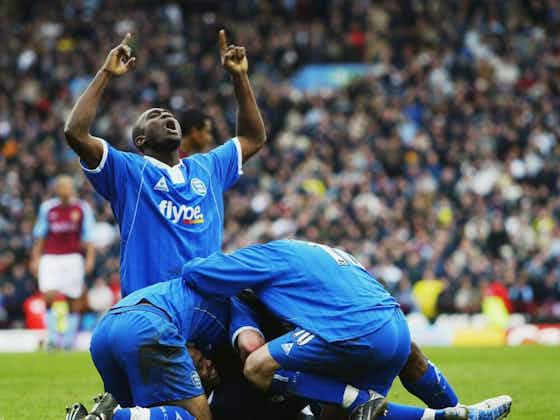
In partnership with
Yahoo sportsOneFootball
Alex Mott·28 October 2020

Welcome to our latest series here at OneFootball where we’re shining a light on one Football League club each week.
It’s our chance to go in-depth on sides that don’t normally attract our attention and hold up a magnifying glass to the plethora of brilliant stories outside the Premier League.
So far we have looked at:
This week we’re wandering through the Bullring, perusing the canals (there’s more than Venice, don’t you know?) and blasting Slade at full volume.
Yes, we’re off to Birmingham.
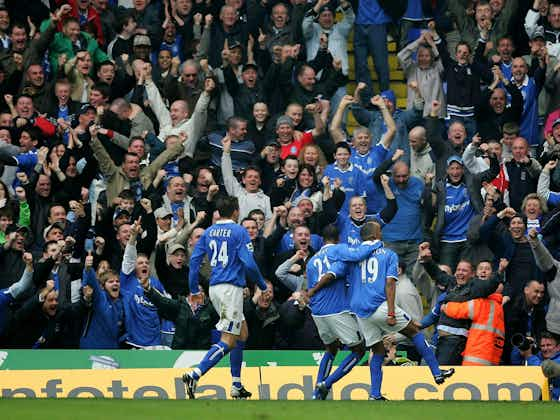
The Second City club have been, for most of their history, a Second Division side. Despite being one of the best-supported teams in the country, Birmingham are the perennial bridesmaid.
It could be argued that the Blues are the biggest side never to have won the FA Cup, having reached the final on two occasions whilst their bitter rivals Aston Villa have landed the hallowed trophy on seven occasions.
It hasn’t all been doom and gloom though, Birmingham have had two Golden Ages – one from the mid-1950s to early 1960s and again in the late 1970s where they claimed an EFL Cup, achieved the highest league position in their history and broke new ground for English sides in Europe.
This is the story of the Bluenoses and the heartache that comes with supporting one of British football’s perma-sleepy giants.
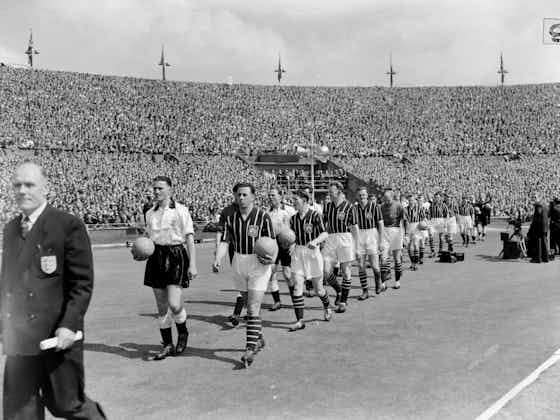
The year 1931 was the breakthrough one for Birmingham after spending the first 40 years of their existence bouncing between the Second and First Divisions.
Under captain Frank Womack and prolific goalscorer Joe Bradford, Birmingham made it to their first FA Cup final after beating Liverpool, Chelsea and Sunderland on the way to Wembley.
As would become custom though, the Blues were disappointing on the day and, despite being heavy favourites, lost to Second Division side West Brom 2-1 – it would be the first time a team from outside the top-flight won the FA Cup and only the second time in its entire history.
Post war, the Blues were once again back in the second tier but the hiring of Arthur Turner as manager in 1954 acted as a sea-change at St Andrews. Within a year he had taken the club back into the top flight as champions, and the subsequent year achieved their highest ever league position – sixth in the First Division.
That side, led by resident hardman Roy Warhurst and featuring the goals of Gordon Astall they were probably the finest ever seen in the Midlands and reached another FA Cup final in 1956, a final that would become synonymous for Manchester City goalkeeper Bert Trautmann breaking his neck in the opening 10 minutes but carrying on regardless.
Birmingham would once again end up losing, this time going down 3-1, but that would be just the beginning of the longest run of success.
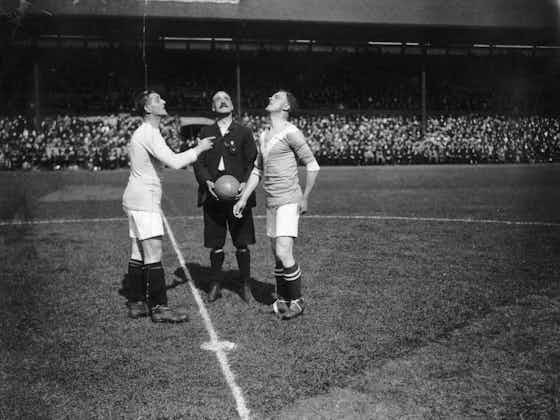
By now First Division regulars, they qualified for the Inter-Cities Fairs Cup in 1956 and in doing so became the first English team to play in a European competition.
They went on to reach the semi-finals, drawing 4-4 with Barcelona but eventually losing 2-1 in a replay.
Four years later they were the first English side to reach a European final, playing the Catalan giants again, only to lose 4-1. And just to compound things even further, they reached the final of the Fairs Cup once more in 1961, but this time were beaten 4-2 by Roma.
Their run to the final that year though, did produce a moment of history, with little old Birmingham beating the mighty Inter Milan home and away, becoming, at that point, the only English side to win at San Siro – a feat that wasn’t matched until Arsène Wenger’s Arsenal over 40 years later.
A decade of success was then capped off in 1963 when they won their first major trophy – a League Cup triumph over bitter rivals Villa.
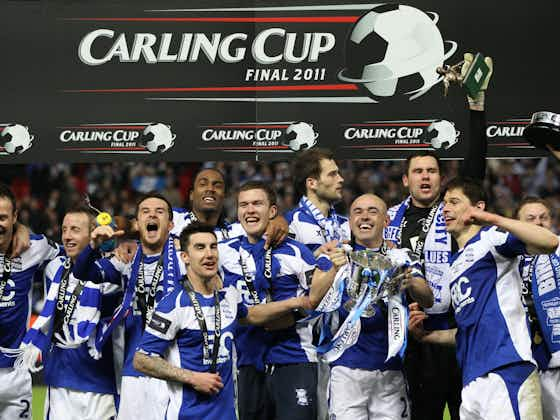
A couple of League and FA Cup semi-finals followed later in the decade but after the boom times followed a quite dramatic bust and it wasn’t until the 2000s that things started to pick up again.
A League Cup was almost won in 2001, only for Liverpool to beat Steve Bruce’s side on penalties in Cardiff, but a decade later Birmingham would finally win their second major trophy.
Obafemi Martins was the hero of the hour as Alex McLeish’s men completed one of the biggest shocks in the competition’s history as they beat overwhelming favourites Arsenal, 2-1.
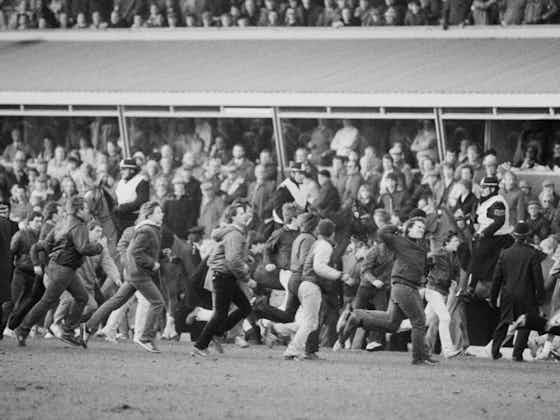
If you’ve reached this point it’s pretty apparent that Birmingham fans have had to endure their fair share of lows over time.
Cup final heartbreak has almost become de rigueur for the Midlanders but cup final defeats still mean that you got to a cup final – far worse is a slide down the divisions and the threat of extinction.
Which is exactly what happened to the Blues in a long, slow decline from the mid 1970s through to 2000.
The true nadir however came in 1985 when the final game of the season against Leeds was marred by rioting amongst supporters and culminated in 15-year-old Ian Hambridge being crushed to death by a wall.
This, on the same day as the Bradford City fire, was a truly dark time for the game across England.
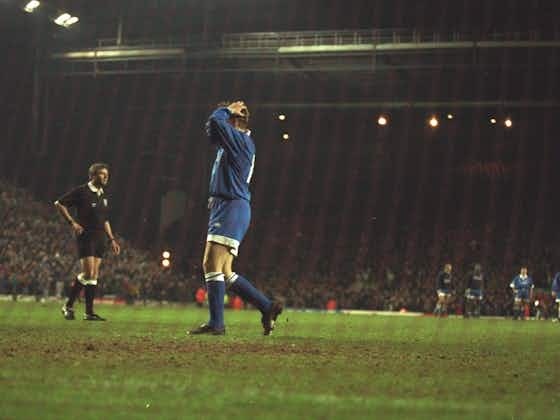
On the pitch at St Andrews it was a nadir too, with an FA Cup defeat to non-league Altrincham seeing manager Ron Saunders depart, which later in 1989, saw Birmingham relegated to the Third Division for the first time in their history.
Staff were laid off, the club’s training ground had to be sold and in 1990 there was a threatened walkout from the first team squad over lack of promised investment.
The owners, the Kumar brothers, eventually went into receivership and liquidators had to come in and put the club up for sale.
Some stability followed in the early 2000s but by the 2010s, it was a mad house again. Hong Kong-based businessman Carson Yeung bought the club and was what you could charitably call, trigger happy, with his managers.
Thirteen coaches have come through the door since McLeish’s departure in 2011, including ill-fated tenures for Gianfranco Zola, Pep Clotet and Harry Redknapp.
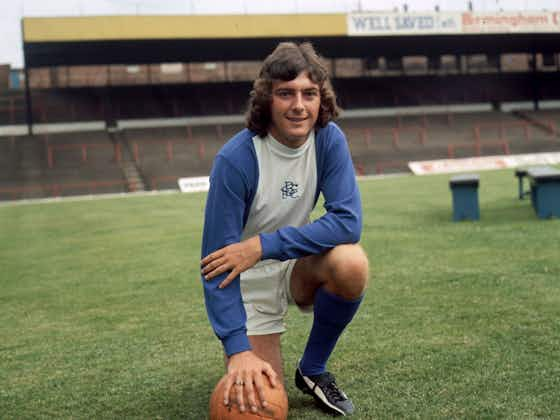
Trevor Francis is widely considered to be the club’s greatest ever player and was the first footballer to cost £1m back in 1979.
Joe Bradford scored 267 times for Birmingham between 1921 and 1935, still a record to this day.
Gil Merrick is a legendary goalkeeper who was between the posts when Birmingham won their first major trophy – the 1963 League Cup.
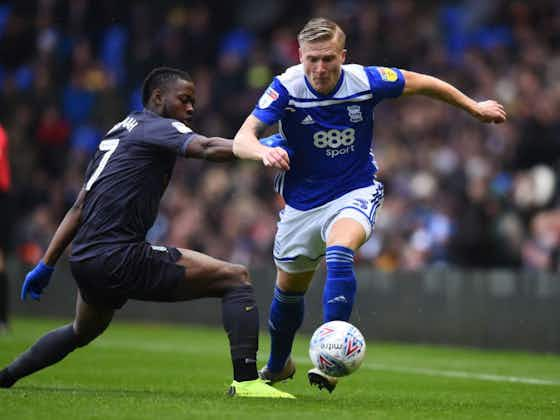
It’s not a squad blessed with a huge amount of natural talent and perhaps says much about the make-up of this group that Danish left-back Kristian Pedersen has been their stand out so far this term.
The average age of this Birmingham squad is remarkably high but there are some youth products shining through with striker Adam George being the prime example. The 18-year-old has made a few substitute appearances this season and looks promising.
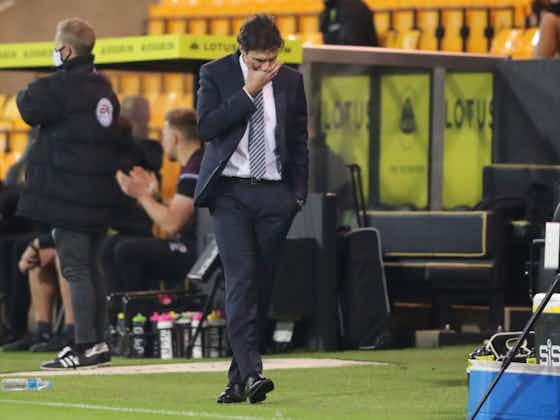
It looked like something of a coup when Birmingham persuaded Aitor Karanka to join their ranks over the summer but it’s not really seeming like that now.
Just one win in seven games has seen the pressure mount on the Spanish tactician already but with such a high turnover of coaches in the past decade, it’s difficult to say that Karanka is the problem here.
In fact, you can litigate with almost certainty that whoever came in to Birmingham right now would struggle.
There are green shoots of progress – their win over Brentford earlier in the campaign was genuinely impressive – but they’ve been few and far between so far.
It’s not been a great start to the campaign but with Huddersfield, Preston and Wycombe to come in the next week, there’s a chance that Birmingham could be a few points better off heading into a packed November and December.






























































